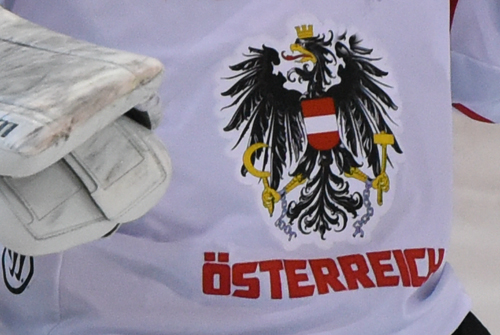NASA researchers may have found the origin of Saturn’s distinctive rings: two of its moons are said to have formed during a massive collision.
Washington – Saturn knows how to impress: not only does it currently have the most natural satellites of all the planets in our solar system, but according to current results there are 145 moons, and its main ring system also consists of more than 100,000 individual rings. But how did the rings, which are said to consist mainly of water molecules, arise? The James Webb Space Telescope provided particularly stunning images of Saturn’s rings on June 25.
NASA posted one on Wednesday, September 27. Animated simulation Using data from Distributed Research Advanced Computing (DiRAC) at Durham University in the UK. It shows a massive collision between two icy moons of Saturn that is said to have occurred millions of years ago. NASA explains on its website that dinosaurs still rule the Earth website. So the rings are still relatively new, at least from an astronomical perspective.
Saturn’s moons are promising candidates: NASA searches for life in our solar system
“The rings developed from the debris of two icy moons. Debris that did not end up in the rings may also have contributed to the formation of some of Saturn’s present-day moons,” says Frank Tavares of NASA’s Ames Research Center.
Because Saturn’s moons may be particularly suitable for the emergence of life, “it is exciting to use large simulations like this to examine how they would have evolved in detail,” Tavares’ fellow researcher Jacob Kegeris describes the research center’s new findings. NASA’s Cassini mission, which began in 1997 and lasted for nearly 20 years, has provided many insights into the age of the rings, but has also raised new questions about their origin.
Satellite bulletin
Subscribe to the free space newsletter and stay up to date.
Moon collisions from supercomputer: NASA gains insight into Saturn’s history
The simulation comes from a supercomputer, which is said to have provided better results than previous studies of this kind, as researchers simulated various collisions between the “ancestor moons.” This provided “the best insights into the history of the Saturn system” than ever before, Tavares said.
According to current knowledge, Saturn’s rings lie in an orbit where “the planet’s gravitational force is strong enough to melt larger rocky or icy bodies that approach it,” explains Frank Tavares. However, material orbiting outside Saturn can “cluster” together to form the moons.
The 200 different types of collision simulations between the two icy moons now shown were examined, and many of them produced a similar result: the amount of ice produced by the collision simulation matches Saturn’s present-day ice rings. The rocks orbit very little around The Lord of the Rings because “when former icy moons collide, the rocks at the cores of the colliding objects are less widely distributed than the ice above them,” describes Vincent Ecke, a professor at the Institute for Computational Science at the University of Columbia. important role.
Did the chaos create some of Saturn’s icy moons that could harbor life?
The researchers hypothesize that a butterfly effect could have occurred in which debris from the icy moons hit or even destroyed Saturn’s other moons. It is possible that some of Saturn’s current moons emerged from this chaos.

So the question still remains as to how the collision occurred in the first place. The researchers believe that the additional gravitational pull from the Sun may have destabilized the moons’ orbits and caused their paths to intersect, ultimately resulting in a “high-speed impact.”
Research results now indicate that Saturn’s rings and some of its icy moons are still relatively young. Moons like Enceladus, where researchers assume liquid water exists. A good candidate for the emergence of life. (zy)

“Award-winning music trailblazer. Gamer. Lifelong alcohol enthusiast. Thinker. Passionate analyst.”







More Stories
His journey to London remains a complete mystery
Invictus Games: Prince Harry has to choose between the UK and the USA
‘Bermmondsey Tales: Fall of the Roman Empire’: All about the cast and release